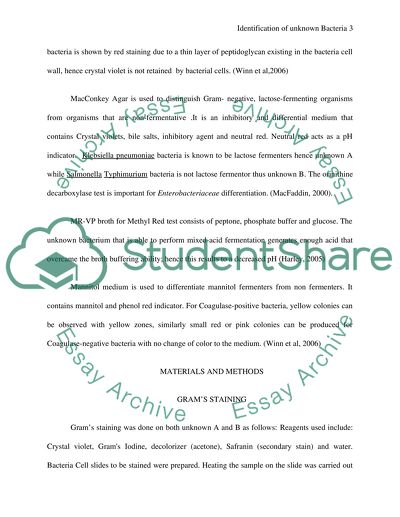Cite this document
(“Identification of unknown Bacteria Research Paper”, n.d.)
Retrieved from https://studentshare.org/biology/1619927-identification-of-unknown-bacteria
Retrieved from https://studentshare.org/biology/1619927-identification-of-unknown-bacteria
(Identification of Unknown Bacteria Research Paper)
https://studentshare.org/biology/1619927-identification-of-unknown-bacteria.
https://studentshare.org/biology/1619927-identification-of-unknown-bacteria.
“Identification of Unknown Bacteria Research Paper”, n.d. https://studentshare.org/biology/1619927-identification-of-unknown-bacteria.


